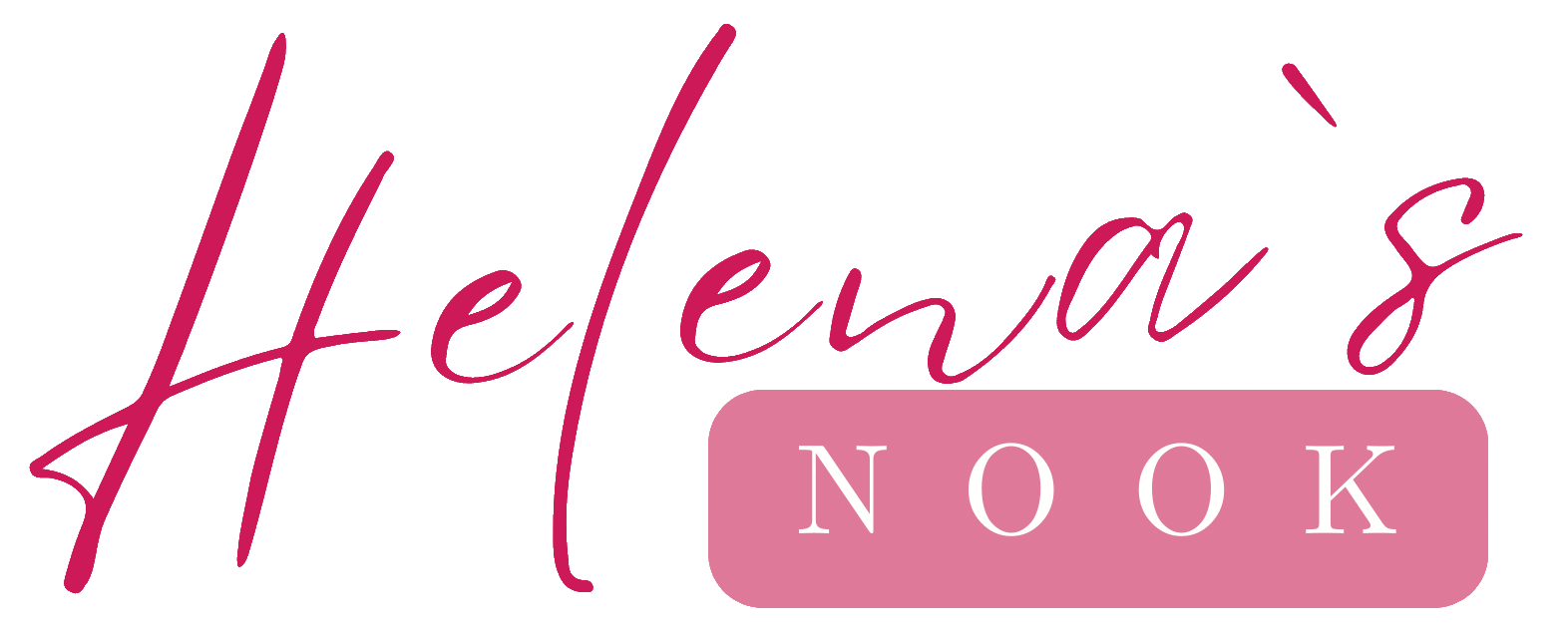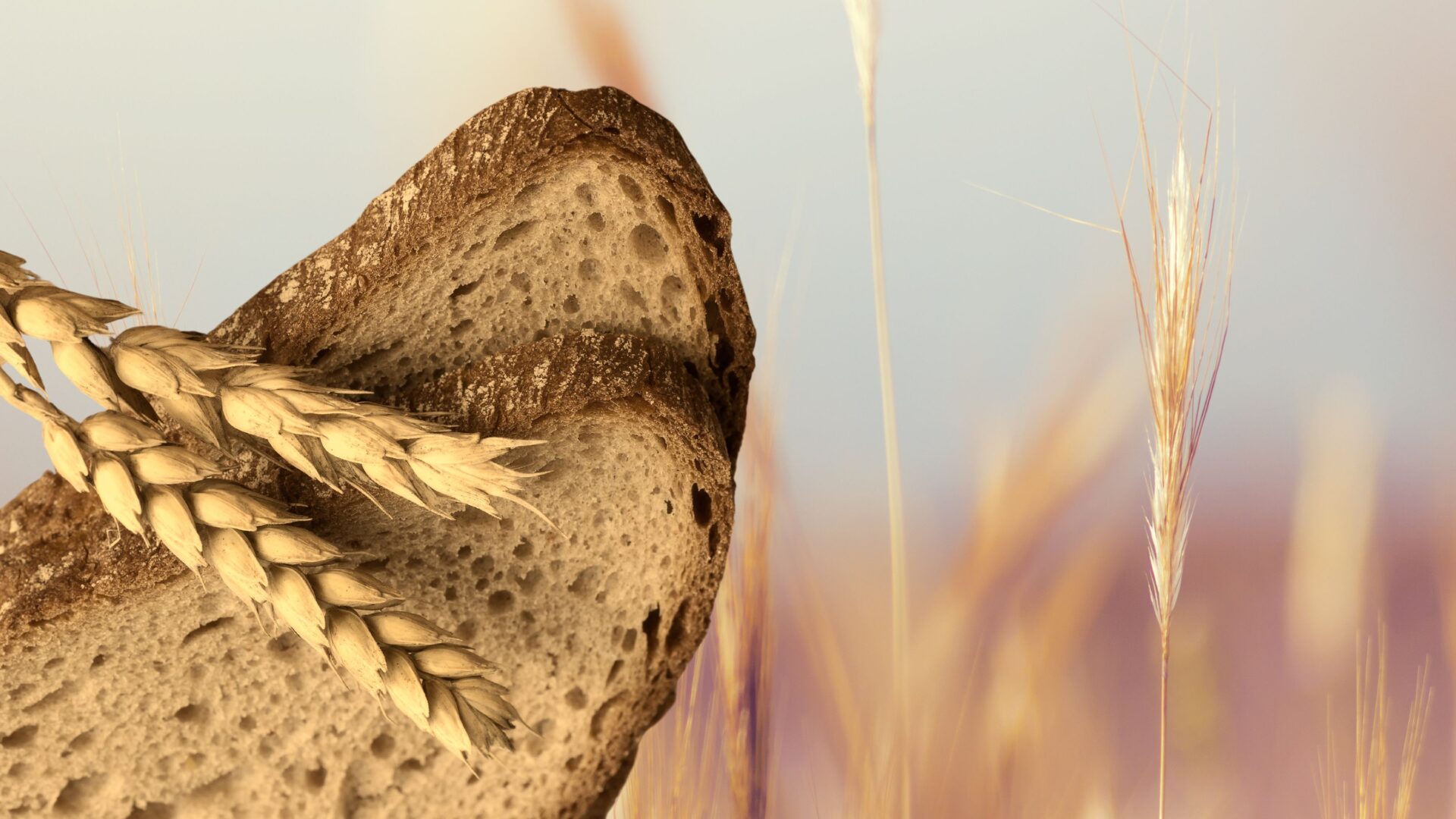What should you eat if you have a gluten intolerance? About one percent of people worldwide suffer from celiac disease, a metabolic disease associated with gluten intolerance. When gluten enters the body, the T-cell component of the immune system is triggered, the inflammatory process begins, and over time, the villi of the small intestine atrophy.
Gluten is safe for a healthy person despite numerous prejudices caused by a lack of understanding of its absorption mechanism. But for a patient with celiac disease, it is an extremely harmful substance, and its use should be avoided. We will figure out how to adjust your diet and what foods should be eliminated.
What is gluten?
This name refers to a group of proteins known as gluten. It is found in cereal plants. Wheat gluten (glutenin or gliadin) more often causes a negative reaction; patients with celiac disease are less susceptible to the rest.
This protein does not dissolve in water, giving them viscosity when interacting with other substances (for example, flour). It is used for:
- obtaining a thick dough consistency;
- giving structure to the soufflé;
- moisture retention.
The body does not require gluten. This is an auxiliary substance that comes to the aid of cooks. Its main advantage is the ability not to use chemical thickeners. However, it does not harm healthy people. It should be excluded from the diet only if you have celiac disease.
Symptoms of gluten intolerance
Some people have asymptomatic celiac disease and are diagnosed by a small intestinal biopsy. But more often, the disease manifests itself from an early age – as soon as cereals appear in baby food.
Symptoms:
- bloating;
- decreased appetite;
- soft, foul-smelling stools;
- hypotension;
- pale skin;
- weight loss;
dermatitis herpetiformis (rash on elbows, knees, shoulders).
Children with celiac disease are developmentally delayed, grow slowly, and often suffer from rickets. In adults, anorexia and infertility develop, and calcium is washed out of the bones.
If a patient consumes foods containing gluten, inflammatory processes occur in his mouth (on the mucous membrane, gums, and tongue), and ulcers may form. Blood tests show anemia (low hemoglobin and red blood cell count).
Who is diagnosed with celiac disease?
Although gluten intolerance is widely discussed today, it is a fairly rare disease. People with this diagnosis live mainly in Northern Europe. The disease is less common in Italy, Northern Ireland, and occasionally in America.
Sensitivity to gliadin is inherited. If one of the parents has it, the probability of a similar diagnosis in children reaches 20%. At the same time, women get sick twice as often as men.
Endocrine pathologies can increase the likelihood of such a disorder: type 1 diabetes and Hashimoto’s thyroiditis (inflammation of the thyroid gland of an autoimmune nature). People with Down syndrome are also at risk.
 Is it possible to be cured?
Is it possible to be cured?
The main treatment method is a gluten-free diet. If the patient does not receive a harmful substance, celiac disease will not manifest itself. Two weeks of diet is enough to eliminate symptoms of gluten intolerance. However, if you use gliadin again, the disease will recur.
The villi of the small intestine do not require special restoration. If nutrition is adjusted promptly, the atrophic process is reversed. But if this does not happen, there is reason to suspect lymphoma. Doing a control biopsy six months after starting the diet is recommended.
There is no drug treatment for celiac disease. However, the doctor may prescribe vitamins to support a weakened body. In advanced cases of the disease, parenteral nutrition is required to restore the intestines, and functional rest is needed.
What foods contain gluten?
A patient with celiac disease needs to keep a list of harmful products before his eyes so that his diet is healthy. Cereals containing gluten: wheat, oats, and barley. Accordingly, porridges made from them are prohibited.
Also on the “black list” are:
- pasta;
- bakery;
- whiskey and beer;
- confectionery products (soufflé, marshmallows, mousse, marshmallows);
- ice cream;
- dressings (sauces, mayonnaise, yogurts);
- breadcrumbs;
- bran;
- some soups (including instant foods).
You need to approach semi-finished meat products and offal with caution. Frankfurters, sausages, and sausages often contain gluten, which gives them a specific structure. The list may expand since the same product can be prepared differently – with or without protein gluten.
List of gluten-free products
If there is a list of products that are not worth buying, there should also be a list of alternatives. It is constantly expanding as prejudice against gluten has given rise to a fashion for the gluten diet.
Gluten-containing cereals can be replaced with:
- buckwheat;
- rice;
- corn;
- lentils;
- chickpeas
French fries are on the list of prohibited foods, but you can eat them boiled or fried at home.
Milk (both fresh and pasteurized), sour cream, and cheeses (processed cheeses are not affected) do not contain harmful substances. Fresh fruits are safe, but dried fruits may contain added gluten. Meat and fish also pose no threat if not breaded or seasoned with sauces.
Tips for correcting your diet
For clarity, we present dish substitutes in the table.
It’s not possible. It’s possible.
- Durum wheat pasta Soba (buckwheat noodles)
- Cookies made from wheat, rye, or oat flour Cookies made from brown rice
- White or brown bread Cornbread
- Meat by-products Meat
- Canned fruit Fresh fruit
- Sauces with starch Wine or apple cider vinegar
- Whiskey Cognac or brandy
- Beer Wine
- Kvass Lemonade
It is better to cook the dishes yourself. Even if the composition does not contain prohibited ingredients, there is no guarantee that glutenin was not used as an auxiliary technological element (to provide structure). It is used frequently in commercial cooking.
Prognosis and effect of diet
If you are diagnosed with celiac disease, you will have to stick to a gluten-free diet for the rest of your life. Its goal is to exclude foods from the list of prohibited foods from the diet.
Gluten-free is easier to tolerate than other diets because almost all dishes can be found with substitutes. Rice is especially valuable in this regard. By boiling the cereal, you can get a delicious side dish that is not inferior to pasta. And rice flour makes delicious baked goods.
A timely transition to such a diet protects the small intestine from atrophy and reduces the risk of tumors appearing in its tissues. It is even possible to restore damaged villi. Otherwise, people with celiac disease can lead a full life. However, they still require medical supervision.
Compatibility with other diets
When protecting your body from gluten, it is important to understand that an adjusted diet imposes restrictions on the practice of other diets. For example, on a carbohydrate diet, people eat whole-grain cereals, many of which are contraindicated for patients with celiac disease.
A protein diet and a gluten-free diet are mutually exclusive diets. The first involves the consumption of yogurt, bran, canned fish, and meat by-products. Second, such products are prohibited.
But the diet with rice fits well into the concept. It acts as an alternative to wheat, oats, and rye. It is supplemented with chicken, fresh vegetables and fruits, and non-threatening nuts. The only limitation is that this diet often includes yogurt, which is best avoided.
Popular gluten myths
There are numerous rumors surrounding this substance. Often, they are not only divorced from reality but also contrary to common sense. We have already debunked one of them – about the sealed intestines. Let’s do others.
Gluten causes acne. Like many others, this myth is based on an incorrect interpretation of medical information. Yes, acne occurs with celiac disease, but the substance itself does not cause it; it is caused by violating its absorption mechanism.
Anyone who eats a lot of gluten gets celiac disease. This disease is hereditary and cannot be triggered by food. Eating gluten-containing foods only causes symptoms.
Gluten intolerance is the scourge of the 21st century. It is detected in only one percent of the population. Most of the patients are concentrated in Northern European countries.
Gluten-containing foods make you fat. Weight gain comes from eating foods rich in calories rather than gluten-rich protein. The presence of gluten does not affect calorie content. For comparison: 100 g of wheat – 305 kcal, 100 g of buckwheat – 343 g.
People who tend to “try on” numerous side effects develop psychogenic reactions to the mention of gluten. This has been proven using the example of the myth of flatulence. The disorder occurred in a control group that believed they were eating gluten-containing foods but were receiving gluten-free foods.
Increased gas formation from baked goods is indeed possible. However, it is not gliadin but the natural fermentation process that occurs during the breakdown of yeast that is to blame for this.
So, most horror stories – from acne to intestinal sealing – are fictitious. Marketers use them to justify increasing the prices of gluten-free products. Such myths are also attractive for resources that operate with unreliable but shocking information.
Do humans need gluten?
To provide a variety of nutrition, the body needs different proteins – both animal and plant origin. The latter can also be obtained from gluten-free products (like lentils). Gluten itself has more technological benefits than dietary ones.
Historically, grains made up a large portion of the human diet. Although wheat flour today differs from what our distant ancestors ate, the ratio of nutrients in it has not changed.
However, the composition of wheat, rye, oats, and barley is not limited to one substance. Therefore, you need to analyze not what giving up gluten will give but what consequences will result from excluding foods that contain it from the diet. It is important to find out whether wheat gluten is so harmful as to deprive yourself of an additional source of microelements.
Is gluten dangerous to your health?
Right away, Let us note that it does not threaten a healthy person. This substance is harmful for patients with celiac disease – hypersensitivity to gliadin. We are talking about gluten intolerance, not even gluten as such, but only wheat. It’s just that the rest – scaling, hordein, and avenin – are recommended to be excluded from the diet simultaneously as a precaution.
There are certain categories of patients for whom the digestion and absorption of gluten is difficult due to specific diseases:
- dysbacteriosis;
- erosive gastritis;
- complications of bacterial intestinal infections;
- eosinophilic gastroenteritis.
All other dangers are far-fetched and are regularly refuted by traditional medicine. Gluten does not seal the intestines nor force the immune system to destroy surrounding tissue, as chemotherapy does.
Conclusion
Finding out whether a product contains gluten is easy. Knowing that it is present in specific types of cereals, it is enough to avoid dishes with them. The presence of gluten can also be indicated by the recipe or the structure of the treat itself.
A gluten-free diet is not too restrictive. He will not experience a painful need for any substance. It does not require gluten; other prohibited product components can be found in analogs.
Following this diet is key to maintaining gut health. Gluten is a substance that causes villous atrophy in people with intolerance. In the future, this leads to malabsorption – disruption of the absorption of proteins, fats, and carbohydrates. Therefore, replacing some dishes with less harmful ones is a small concession compared to the risk avoided.



 Is it possible to be cured?
Is it possible to be cured?